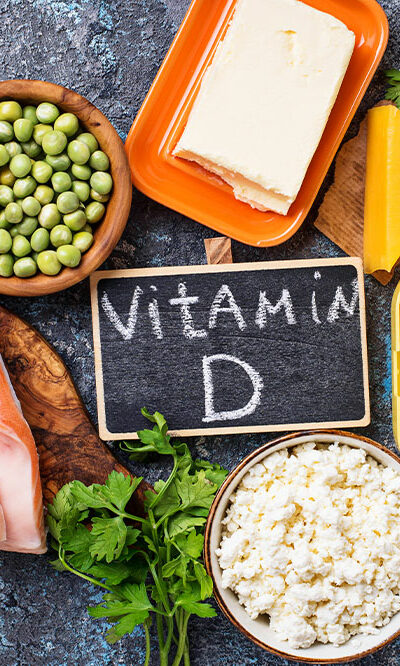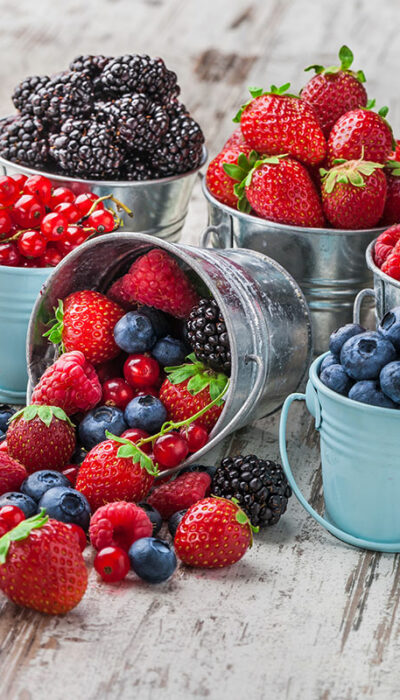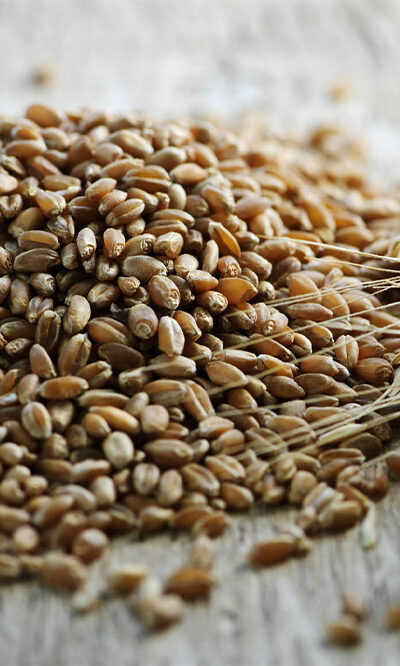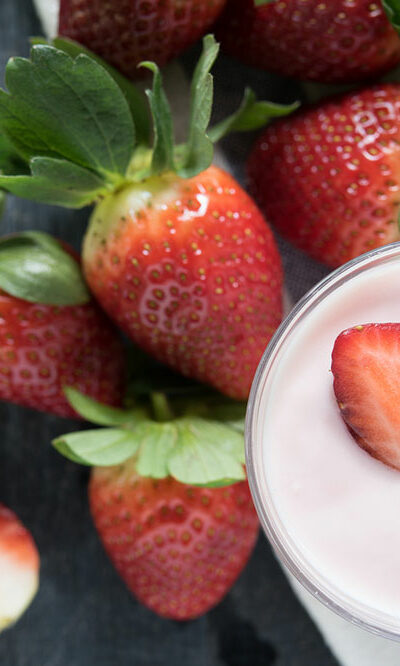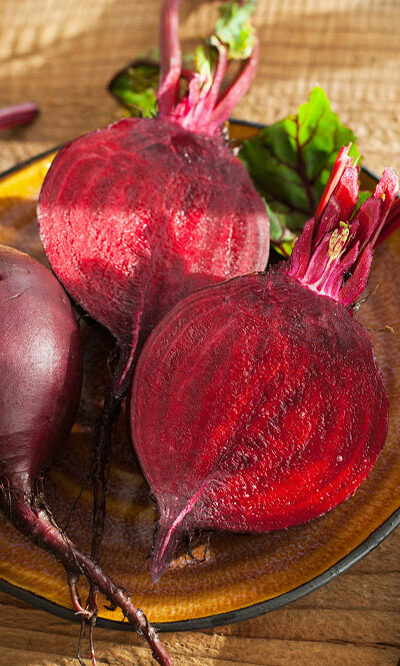
Superfoods that help improve blood count
Maintaining healthy blood count levels and circulation is vital for all organs to function optimally. A drop in blood count reduces oxygen supply to the tissues and may lead to anemia, fatigue, concentration issues, and other serious health concerns. Similarly, poor blood circulation causes cognitive dysfunctions, digestive problems, and muscle cramping. Studies show that certain foods help to maintain healthy hemoglobin levels. Women, especially during pregnancy and menstruation, can benefit from consuming them. What improves blood count and circulation? Foods rich in iron and vitamins A, B12, B9, and C, help maintain hemoglobin levels. Vitamin C aids in iron absorption. Additionally, vitamins B, K, C, and E and omega-3 fatty acids have shown to improve blood circulation. Potassium or vitamin K, in particular, keeps the walls of the blood vessels strong and prevents bulging veins. Apart from food, an effective way of instantly improving blood flow and oxygen levels is to indulge in physical activity daily, like running, biking, walking, or stretching. Top foods that improve blood count and circulation Here are some superfoods that support heart health, boost blood count, and improve blood flow: Beetroot Beetroot is a powerhouse of nutrients with iron, magnesium, copper, phosphorus, and several vitamins. This vegetable helps to regenerate red blood cells and increase hemoglobin count. Pomegranate Pomegranate contains antioxidants and nitrates that promote blood flow and oxygenation. Berries All kinds of berries are antioxidants. They help in blood circulation and protect the walls of the arteries. Oranges, gooseberry, grapefruit These three citrus fruits are rich in Vitamin C and can help in iron absorption, which boosts one’s blood count. Dates and raisins These dry fruits are packed with iron and vitamin C. Consuming a handful of these every day can give one an energy boost and maintain healthy hemoglobin levels. Figs Figs are rich in iron, magnesium, vitamin A, and folate and improve one’s hemoglobin levels.


